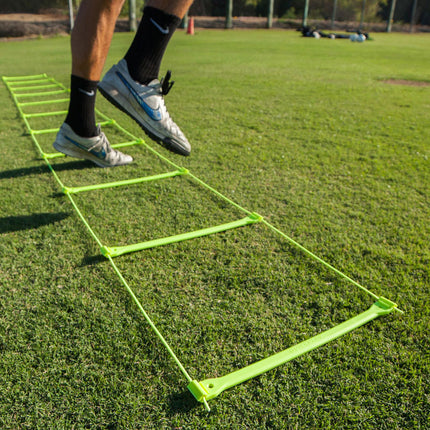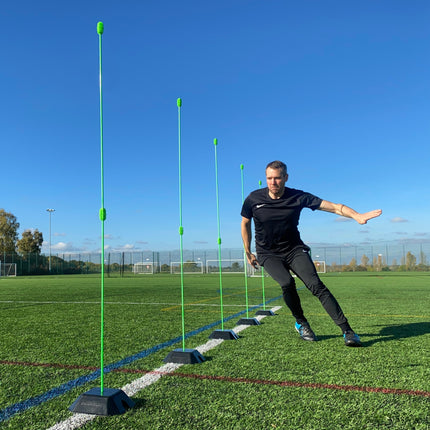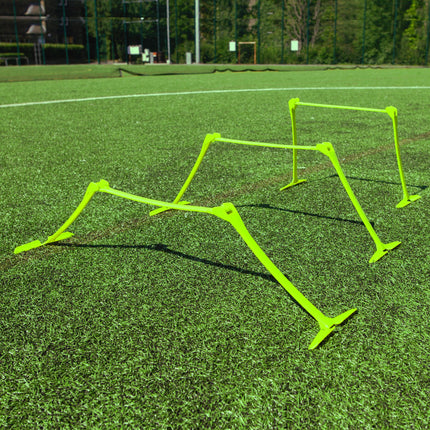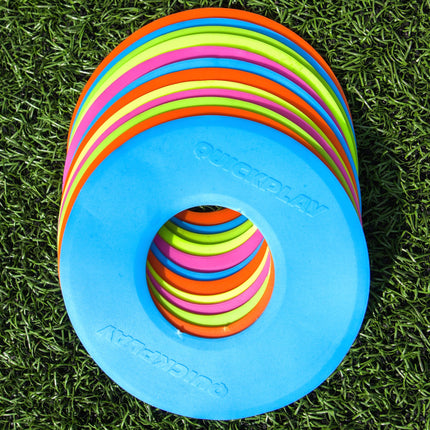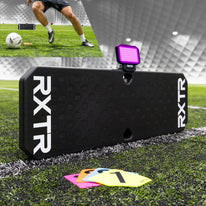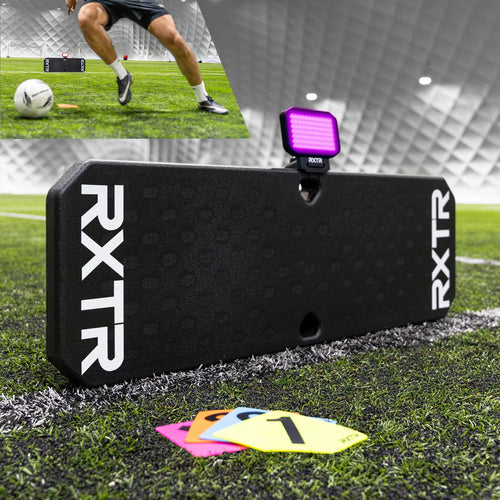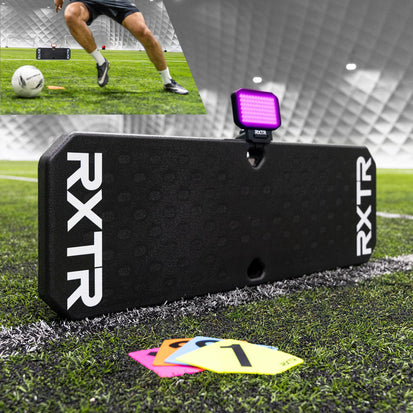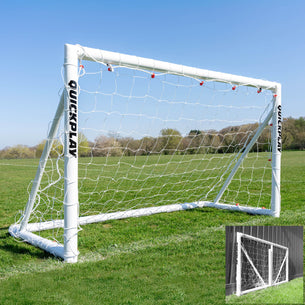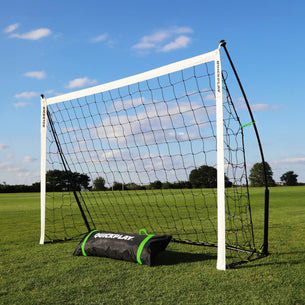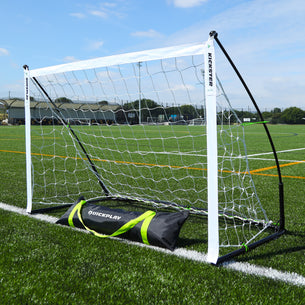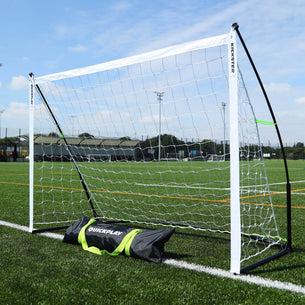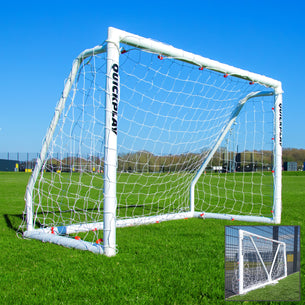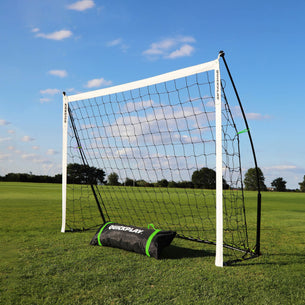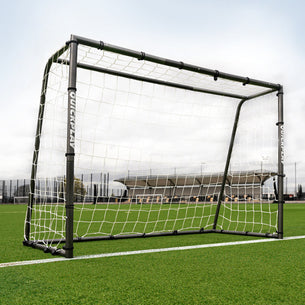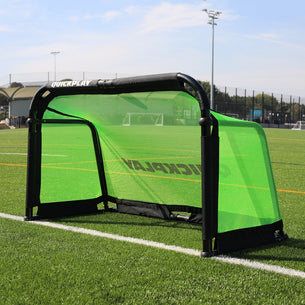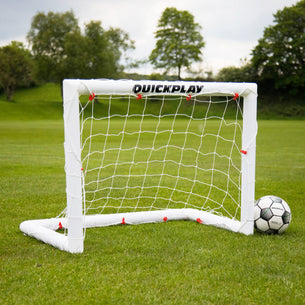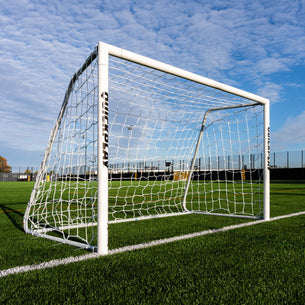Soccer Nets for Children
When you set out to set up your back yard for soccer fun and training, there are three main things you'll want to keep in mind: The size of your yard, the age of the players, and the type of goal that best suits them.
1. Size of Your Yard
Having a goal that spans the whole back fence won't help your young player with their accuracy or strategy. Choose one that allows for wide shots, sharp angles, and other factors that are serious considerations in a real-world soccer game. The best way to figure out what you need is to use a couple of boots, or flags, to mark out a goal and play for a while – maybe do some drills. You'll get a feel for whether it needs to be bigger or smaller. Once you hone in on the right size, take a rough measurement, and you'll know what to look for on the Quickplay site.
2. Age of Children Using the Goal
The FA recommendations are 12x6' for under 7s, andunder 10s; and 16x7' for under 11s and under 12s. For most people, these are too big for a back yard setup, but don't worry. Choose the one that fits the yard and your kids will feel like the league goals are big, open chances to become star strikers! If your yard is big enough for a larger goal, don't go bigger than the age recommendations – you'll risk your child finding the league goals too small, and their accuracy training won't be as effective. The most popular home-size soccer goals for kids are the 6x4', 8x4' and 8x6' models.
3. Type of Kids Football Goal
If you plan to leave your goal outside all year long, get a robust, weatherproof one (like ours) that will look good year after year, stretching your dollars to better and better value as time passes. If you plan to use your goal for practises elsewhere, to bring it along on vacations, or to use it at the park on summer picnics, choose a portable one for easiest transport and storage.
